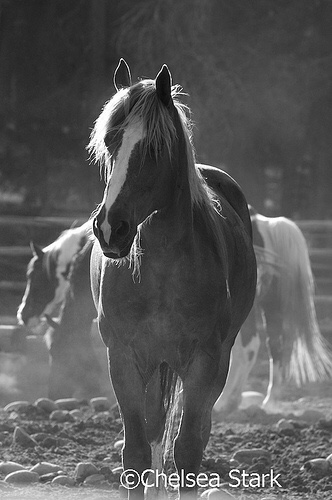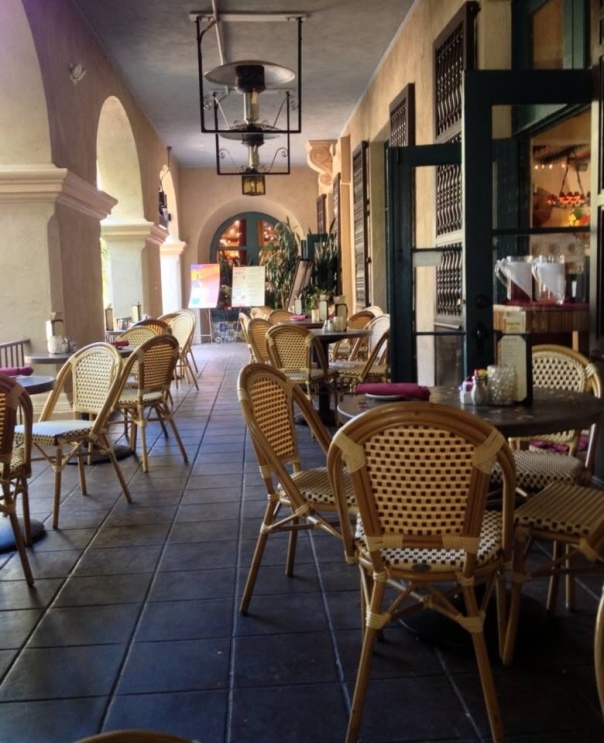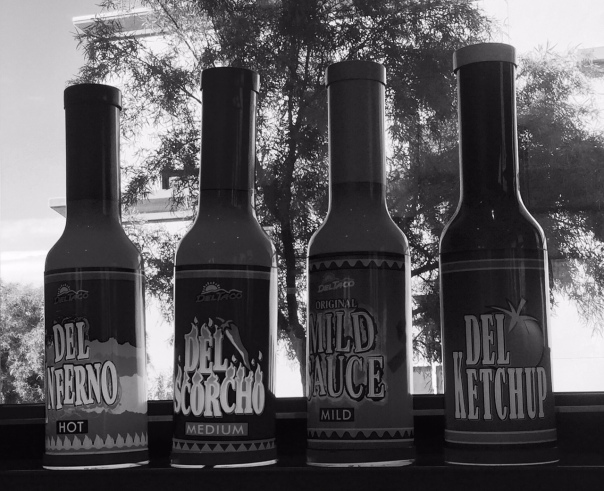Tell us something about your self and why you are passionate about photography.
My name is Chelsea Stark and I am a 36-year-old visually impaired woman. I started taking photos when I was about 12. I found that it was a great way for me to see the world around me. And I really enjoyed it. Over the years I have had several kinds of cameras. The two cameras I really enjoyed using so far are my IPhone 6 and my Sony a 6000.
How did you and do you learn to take good photos?
I have not taken any formal classes or training. All I know comes from practice, practice, practice. I tend to take a picture when I see something that interests me, or something I want to see up close. And sometimes just that little act of wanting to know what’s around me helps me to get some amazing shots.
Do you get inspirations from works of other photographers?
My inspiration comes from my loving husband Robert Park. He is a fine art landscape photographer. He has some amazing skills and amazing images. I learn so much from him every time we go out.

What equipment do you use and did your visual impairment play a role in choosing the right camera and accessories?
I have used several different kinds of cameras. Recently I have been using a Sony a 6000 and an IPhone 6. For each piece of equipment that I have used or purchased over the years one key factor was that it must have a live View Setting or capability. It is the only way I can see what’s around me and compose a photo.
What are your preferred subjects to photograph and do you think your choice of objects and styles is influenced by your visual impairment?
I like to photograph animals, flowers and occasionally landscape when it moves me. I use the camera mostly to get a better view of my world around me.

How do you find your subjects as a legally blind person? Do you have an idea in your head before you go out to take pictures?
I do not go out with any plans or ideas. I find that my best images just appear. I just go out with my equipment and shoot what presents itself to me. I have found that planning sometimes leads to disappointment. And that random photo that you never expected tends to be the best photo you’ve taken all day.
How do you choose which photos to post on your blog and social media? Do you get sighted people to describe them to you?
When I decide that I want to post something on my block or social media, I usually just post what I like. Sometimes I will get an opinion here or there. But It is my page with my rules and my images and I just go with it.
You always write a short text to each photo where it was taken. How important are the location and the story behind the picture to you?
I give a location if possible because the first question I always hear is: where was that taken? By putting the location out there that question is no longer a problem. I believe it’s very important to write a little something about each image that you post. It helps people to get in the right frame of mind while they look at your image. Plus it helps with Google’s indexing.

Do you use photo shop programmes and how accessible do you find them?
I use either a program called Aperture or IPhoto. But often I will use built-in features on my IPhone or IPad. The latest version of IOS does a decent job on photo editing. If it needs more work than that, I will have my husband or someone else do some minor tweaks to the image in their photo editing program of their choice. But a lot of times it’s just straight from the IPhone or IPad. The already mentioned Aperture is fairly accessible and also allows me to catalogue photos.
Do you think photos taken by visually impaired people are different to those sighted people take and do you think it is fair to compare them?
I believe every photographer has their own style. And everybody’s images are different, regardless of whether they are blind, visually impaired or fully sighted. I’m not sure if it is fair to compare photographer’s work based on whether they have vision or not. But if vision is left out of the equation being compared to other photographers is perfectly fine with me.
Would you disclose your visual impairment if you were to enter a photography competition and why yes or no?
Yes I would disclose my visual impairment. I belief letting people know about my visual impairment helps them to understand my work better and makes them see the artwork in a different way.
How do people on the street react when they see you taking pictures?
I’m not really sure. I’ve had nobody say anything to me regarding me taking photos. But I’m sure I’ve gotten some weird books once in a while.
Could you imagine making photography your profession? And what are your aims for the future with regards to photography?
It would be cool to make photography my profession. Right now my goals regarding photography are just to take some interesting images around me. And maybe sell some here and there. But at the moment it’s just for fun.
Do you have some general tips for blind and visually impaired people who want to take up photography?
My suggestion for any visually impaired or blind person who wants to get into photography, is to get yourself an IPhone 6. It may sound like a silly thing to start with. But it is easy to learn and will cost a lot less then a good camera. If you find that you actually enjoy photography and you want to get something that will give you the ability to have larger images, the next step would be to do some research on cameras and see which one fits your preferences and your capabilities with your hands and eyes.
Follow Chelsea


Reblogged this on ChelseaStarkPhotography.
LikeLike